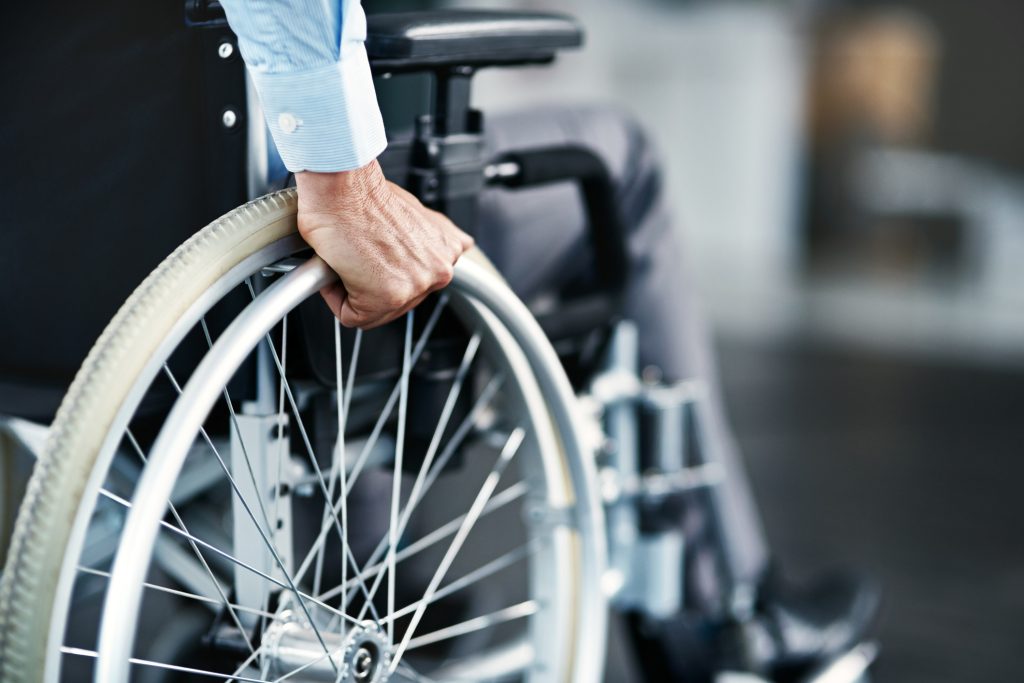Globally, around 16% of the population lives with significant disabilities that impact their daily lives. Unfortunately, only about 40% of this demographic engages in aerobic activity, leading to an increased risk of chronic conditions like heart disease, stroke, diabetes, and cancer, as well as mental health issues such as depression and anxiety.
The lack of exercise among people with disabilities (PWD) is a significant health concern that needs addressing to improve their overall well-being.
Alexandra Jamieson, a research scientist at The University of Texas at Arlington Research Institute (UTARI), highlighted that psychological issues like low self-esteem and negative body image further deter PWD from exercising, particularly in public settings like gyms.
These psychological barriers significantly reduce their motivation to participate in physical activities. Jamieson, along with former UTARI student researcher Helara D. Wijesundara, has published findings on adaptive exercise technologies for PWD in the journal Disability and Rehabilitation: Assistive Technology.

PWD interested in exercising face additional challenges due to the lack of adaptive equipment and properly trained staff in most commercial gyms. While some nonprofit organizations promote fitness for PWD, commercial efforts to engage this community are scarce.
The primary obstacles to fitness for PWD include accessibility and cost. Gyms are not legally required to have adaptive machines, and there is a lack of data supporting the demand for such equipment, which hinders gyms from justifying the expense of adding adaptive machines.
Transportation to and from gyms also poses a problem for PWD, as ride-sharing and disabled transit options are often unreliable and inadequately equipped. Although home gyms offer a viable alternative, adaptive exercise equipment tends to be produced by smaller manufacturers, leading to higher costs.
Jamieson suggests expanding government assistance programs to help PWD acquire adaptive exercise equipment for home use. She noted that while Medicaid provides some assistance, the programs are not well known and are limited to exercise machines deemed medically necessary by a doctor.
To enhance adaptive exercise options, Jamieson and her colleagues from UTARI, the Department of Kinesiology, and the Department of Art are developing an adaptive exergame machine.
This type of accessible exercise equipment includes a video game component to keep users engaged and monitor their activity. The team is currently recruiting participants for a pilot study of this innovative technology, which aims to improve the fitness experience for PWD by addressing both accessibility and engagement challenges.
